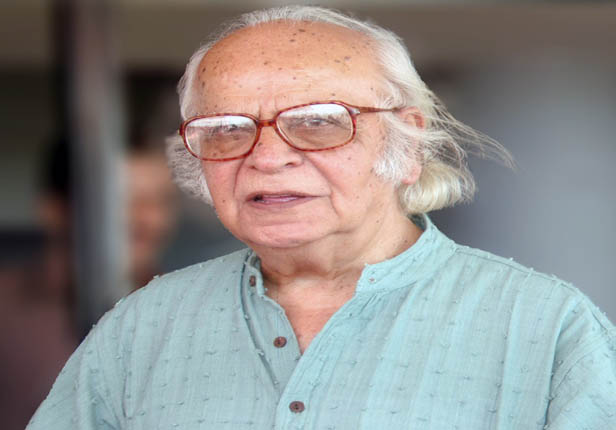Good science communicators are essential to great nations. Yashpal was one such, a rarity in India
An apocryphal quotation has been flitting through physics lore for at least half a century, and perhaps more: “If you can’t explain it to a child, it isn’t science.” A variation goes: “If you can’t explain it simply, you don’t understand it well enough.” Depending on the weather, the general mood and the availability of coffee, it is variously attributed to Albert Einstein, Richard Feynman and Edward Teller, the “father of the hydrogen bomb”. Perhaps all of them said something of that nature, and the grapevine mashed it up into lore and legend.
But never mind its provenance, the import of the message is abundantly clear — you can communicate science only if you understand it, and if lay listeners don’t understand you, then what you’re doing is probably not good science, and not worth communicating. Last week, at a meeting with secretaries, the prime minister ticked off the scientific community for not doing enough in the applied sciences to solve endemic problems like malnutrition.
He urged them to stockpile innovations seen in various parts of the country so that the methods developed could be deployed nationally, and to create interfaces with research institutions so that the public could be educated about of their work. But he left out an important link in the information chain: The science communicator. There are too few effective communicators who also do science and with the passing of Yash Pal, there is one voice less in an ever-deepening silence.
We must make a distinction here: A science communicator is not the same as a science educator, though the same person may perform both roles. There is a crucial difference between informing people already in search of knowledge, and reaching out to people who are beyond its ambit to ignite their minds.
These roles are performed with different vocabularies, too. The educator uses the language of science to explain, let us say, the quantum computer through the principle of superposition, in the certainty that the listener knows of the concept. But a science communicator would go on to explain superposition through Schrödinger’s cat, the thought experiment concerning a strange beast that is neither dead nor alive until you look upon it.
Erwin Schrödinger himself was convinced that the dratted cat had ruined his life, deflecting attention from his enormous body of work in quantum theory. But it also made him one of the greatest science communicators of all time. The cat appears on coffee mugs and T-shirts, in stencil art and cartoons. And anyone who sees it and wonders where it came from quickly discovers one of the basic principles of quantum mechanics.
There is a political dimension to science communication which makes it essential for the success of nations. Superpower rivalry during the Cold War is credited for the explosion of science and technology in the US, which remains a world leader. However, its success was substantially propelled by the political will of a populace which sought safety in scientific and technological supremacy. Ordinary Americans travelled to see rocket launches at Cape Canaveral. Nasa became a lodestone attracting enormous scientific talent, and industry welcomed its overtures. Good communications had something to do with it.
This month, China, another nation with global ambitions, was acknowledged to have overtaken the US in a crucially important emerging field: Robotics. Its prowess in artificial intelligence is also immense, and could not have developed without the backing of industry and the popular will. One must ask: Is science communicated better in China?
India, the other major Asian power, offers a mixed picture. There is no dearth of public interest in the sciences. The crowds which turn out to watch solar eclipses stand testimony to it. But far too many people watch unscientifically, without protecting their vision, suggesting that the science of eclipse-watching is inefficiently communicated.
India is perhaps the only nation to have elected a rocket scientist head of state, and every launch from Sriharikota is avidly followed in television. But analysis by practising scientists is strangely missing. It was not always so. Writers like Yash Pal and Jayant Narlikar (he of the Hoyle-Narlikar theory) frequently graced the pages of newspapers, explaining not only government policy but also physics and cosmology.
Media houses had room for dedicated science pages and a specialised magazine, Science Today. In accessible form, it published the latest news on a vast range of subjects, from the Chandrashekhar Limit through Australopithecus africanus, plasmids and the geography of Lakshmi Planum (a plain on Venus) to the most outrageous interstellar drives, which were clearly dead on arrival on the drawing board.
Today, one depends for the news on a tiny army of scientists who are active on social media, but their audience is limited to the already converted, for they cannot reach out to those who don’t opt in. This is far short of critical mass, and one can’t help but wonder if the reluctance of scientists to talk up science to laypersons and children partly explains India’s lack of prowess in garnering science Nobels. Perhaps science communication isn’t pervasive enough. Perhaps we’re not catching ‘em young enough. And as the apocryphal saying goes, if you can’t explain it to a child, it isn’t science.
(The Indian Express)


